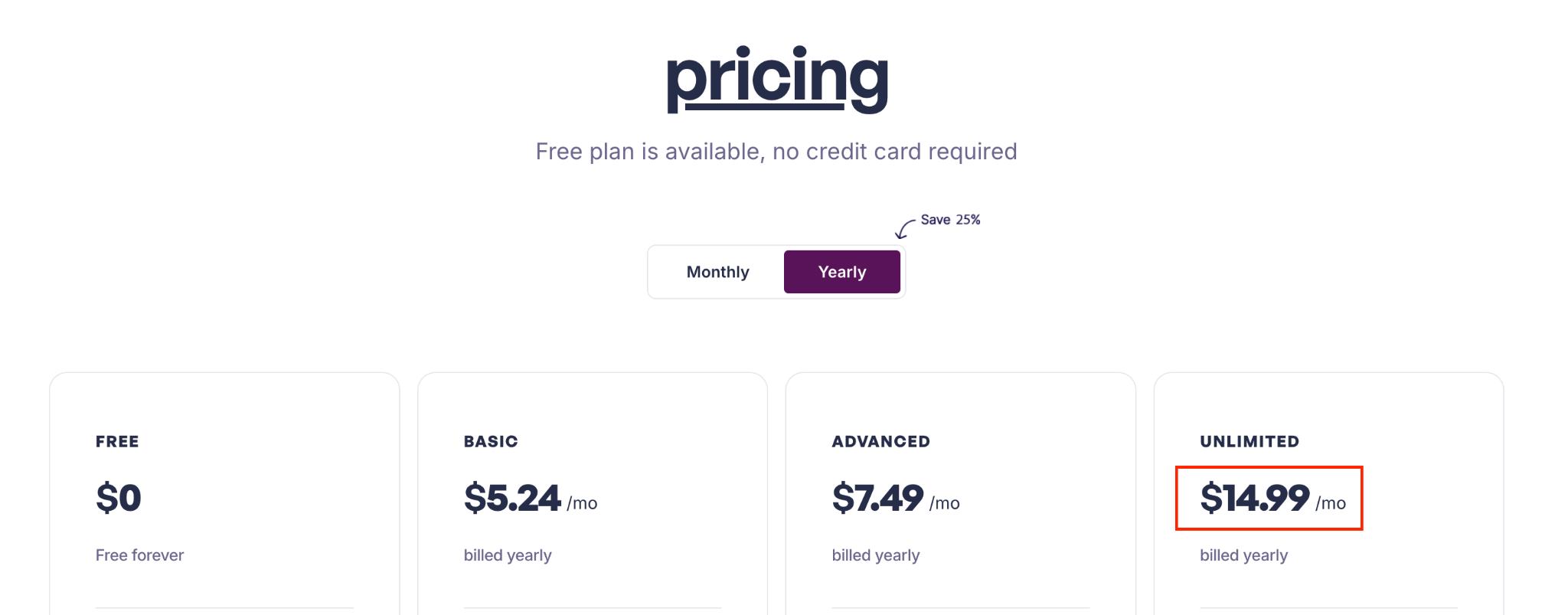
Pricing is one of the most powerful levers in eCommerce. It directly affects not only your profits but also how customers perceive your brand, how often they purchase, and whether they stay loyal over time. The right pricing strategy can make your products irresistible and your business sustainable in the long run.
This guide explains why pricing strategy matters and how to implement it effectively for your online store.
In the fast-paced world of eCommerce, where customers can compare prices with just a few clicks, your pricing approach can make or break your success. A well-defined pricing strategy is not only about guessing numbers, but it’s also about crafting a value-driven plan that connects your brand, products, and target audience.
Here’s why pricing strategy is so important for your online business:
Your pricing tells a story about your brand’s position in the market. A higher price often signals exclusivity, quality, or luxury, while lower pricing appeals to budget-conscious shoppers looking for deals. For example, Apple maintains premium pricing to reinforce its image as a high-end tech brand, whereas budget-friendly brands like Shein thrive on affordability and accessibility.
Without a clear strategy, your pricing might confuse customers, undermining your brand’s identity and trustworthiness.
Every price point affects your bottom line. Set prices too low, and you might attract traffic but struggle to cover costs. Set them too high, and you risk losing customers to competitors. An optimized pricing strategy balances these two forces by maximizing profit margins while maintaining competitive appeal.
Profit isn’t just about high prices, but it’s about finding the “sweet spot” where perceived value matches what customers are willing to pay.
Transparent and consistent pricing builds trust. Customers who feel they’re getting fair value are more likely to return. If you constantly change prices without reason or rely on endless discounts, shoppers may lose confidence in your brand.
When you communicate value clearly, through product quality, reviews, and clear pricing policies, you reinforce loyalty and increase customer lifetime value (CLV).
The eCommerce landscape is constantly changing. Competitors introduce new products, global events affect supply chains, and customer expectations shift. A flexible pricing strategy helps you adapt to these changes quickly. For instance, dynamic pricing allows online stores to automatically adjust prices in real time based on demand, stock levels, or competitor movements.
In short, your pricing strategy acts as a business compass, guiding decisions about marketing, sales, and brand positioning. Without it, you’re navigating blindly in a highly competitive market.
Before setting prices, define what you want to achieve. Your objectives determine which pricing strategy fits best. Common goals include:
For example, if you run a new Shopify store selling eco-friendly accessories, your goal might be to gain market share quickly. In this case, a penetration pricing approach, setting lower prices initially, can help attract first-time buyers.
Understanding your audience’s buying behavior is essential for successful pricing. Conduct market research to learn:
You can use surveys, analytics tools, or customer review platforms like Ryviu to gather feedback and analyze perceptions about pricing and value.
When your pricing aligns with your audience’s expectations, your products feel worth it, not expensive.
Competitor analysis helps you identify market standards and price gaps. Study how others in your niche price their products and what value they offer.
Key steps include:
For instance, if your competitors offer $50 shoes with free shipping, but yours cost $60, you need to justify the price through superior materials, packaging, or service.
Once you understand your goals, audience, and competitors, you can select a pricing model that fits your business. Below are some proven eCommerce pricing strategies:
You add a fixed margin to your production cost.
You price based on perceived value rather than cost.
Set low initial prices to enter a competitive market and increase them later.
Adjust prices based on demand, season, or competitor moves using automation tools.
Combine multiple items at a slightly discounted rate.

Use pricing tactics that influence perception, such as $9.99 instead of $10 or “limited-time offers.” For more detail, you can take a look at the ultimate guide on psychological pricing.
Choosing one or a mix of these methods can help you create a flexible and profitable pricing system.
Modern pricing tools make it easy to monitor competitors and update prices automatically. They save time, reduce manual errors, and ensure you remain competitive.
Popular options include:
Automation allows you to implement real-time pricing adjustments, for instance, lowering prices during low-demand periods or increasing them during high-traffic events like BFCM (Black Friday Cyber Monday).

Discounts attract attention but should be used strategically. Over-discounting can hurt your brand image and reduce perceived value.
Best practices include:
Platforms like Ryviu can help reinforce your pricing and discount strategies through authentic product reviews. Customers are more likely to purchase discounted items when they see positive feedback.
Pricing is not a “set it and forget it” process. Regularly test and adjust based on data.
Try methods like:
For instance, if sales drop after a price increase, your product might not justify its new value, consider adding perks like free shipping or loyalty points instead.
Your pricing must match your brand identity and marketing strategy. A luxury brand cannot afford to use deep discount tactics without losing credibility, while a budget brand must emphasize affordability.
To maintain consistency:
For example, Apple’s premium pricing aligns perfectly with its minimalist design, high-end materials, and customer service excellence.
eCommerce is dynamic, what works today may not work tomorrow. Keep an eye on industry trends, inflation, new technologies, and customer expectations.
Stay flexible by:
Adaptability ensures your pricing strategy remains relevant and profitable over time.
Customer reviews serve as powerful social proof that validates your product’s worth. When customers see others praising the quality or service, they’re more likely to accept your price, even if it’s higher than competitors’.
With Ryviu, you can easily import and display authentic reviews from platforms like Amazon or AliExpress. Featuring photo and video reviews enhances perceived value, helping you maintain strong pricing without heavy discounts.

Finally, evaluate the performance of your pricing strategy. Use KPIs such as:
Review these metrics quarterly and adjust accordingly. Successful pricing is an ongoing process of testing, analyzing, and improving based on customer data and business goals.
Implementing an effective pricing strategy in eCommerce requires more than guesswork. It’s a structured approach that combines market research, business objectives, customer insights, and ongoing optimization.
By choosing the right pricing model, automating adjustments, leveraging customer reviews, and aligning your brand message, you can create a system that attracts customers and sustains profitability over time.
Whether you’re a new store owner or an experienced seller, the right pricing strategy can be your most powerful tool for growth, differentiation, and long-term success.


Aligning CTA copy with intent reduces friction, builds trust, and improves conversions across the entire funnel. Instead of pushing every visitor to buy immediately, effective CTAs meet users where they are and move them forward at a comfortable pace.
In this article, we’ll explore how autofill and validation work together, best practices for implementing them effectively, and how they directly improve accuracy, user confidence, and conversion rates.
This guide explores how to approach print-on-demand sample ordering strategically, so you can spot problems early, set realistic expectations, and confidently scale without unpleasant surprises from your suppliers.